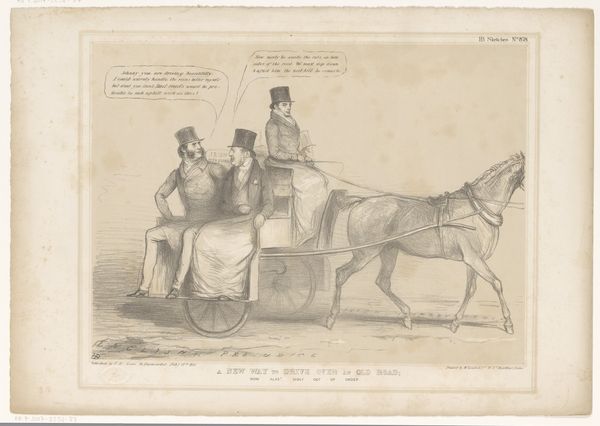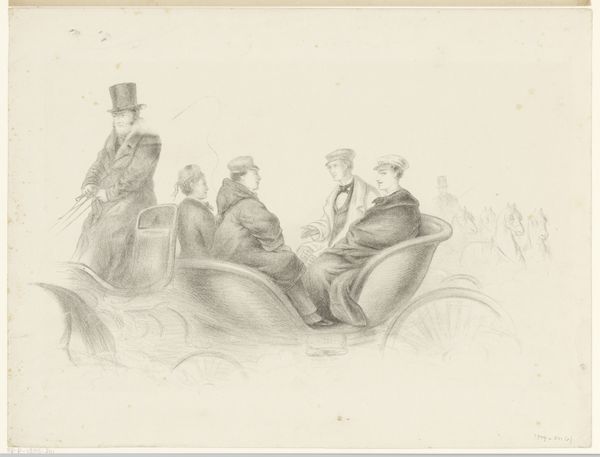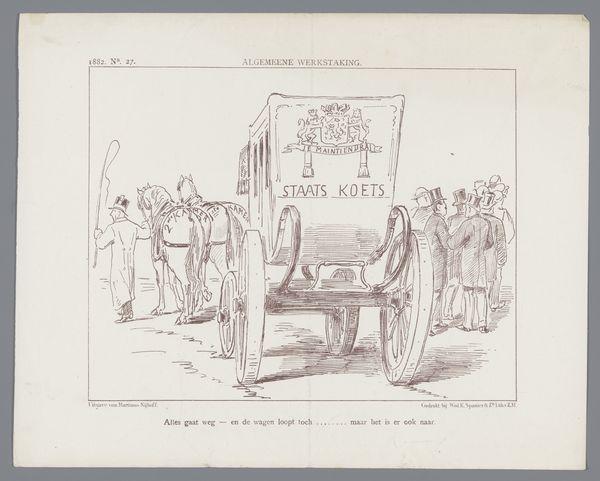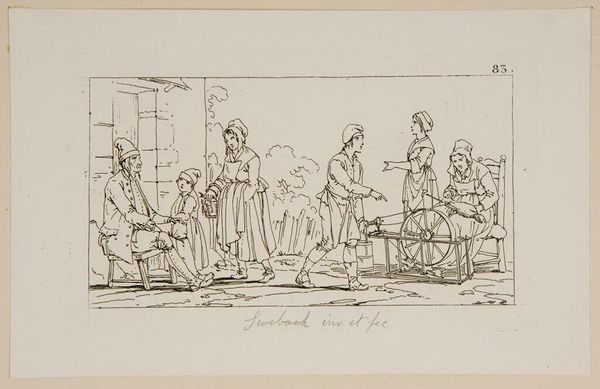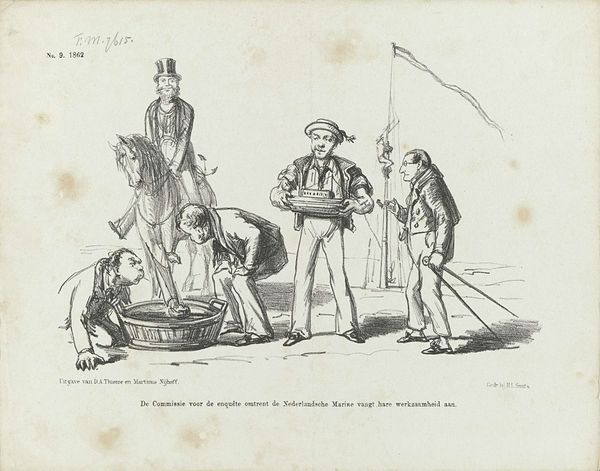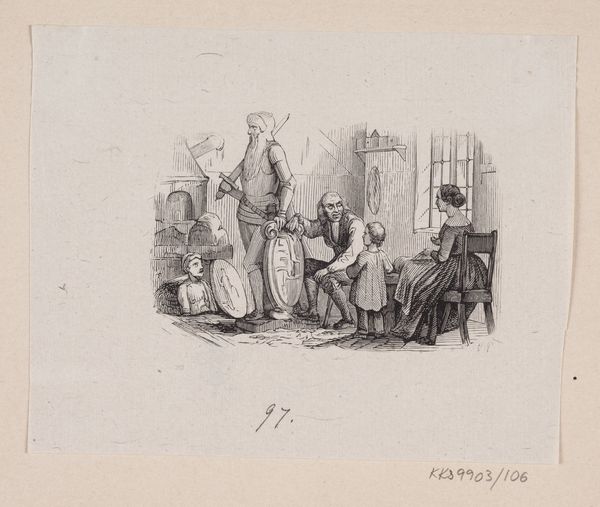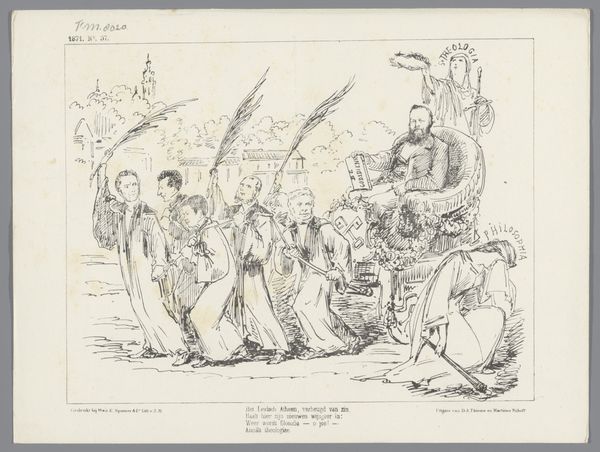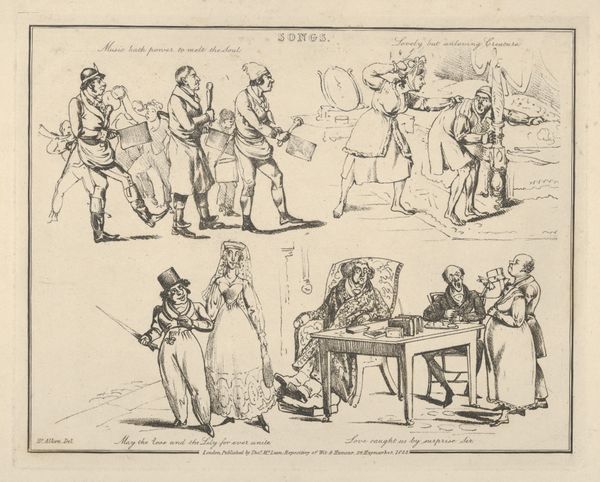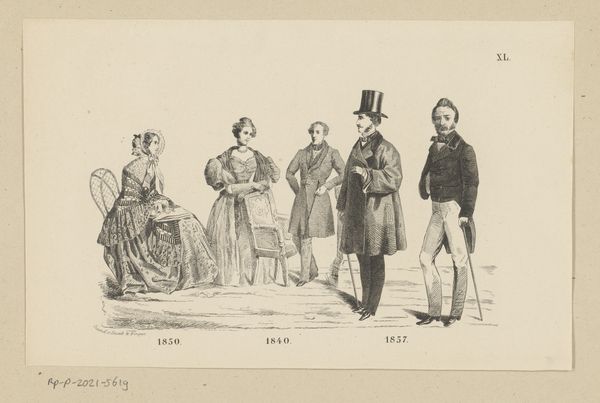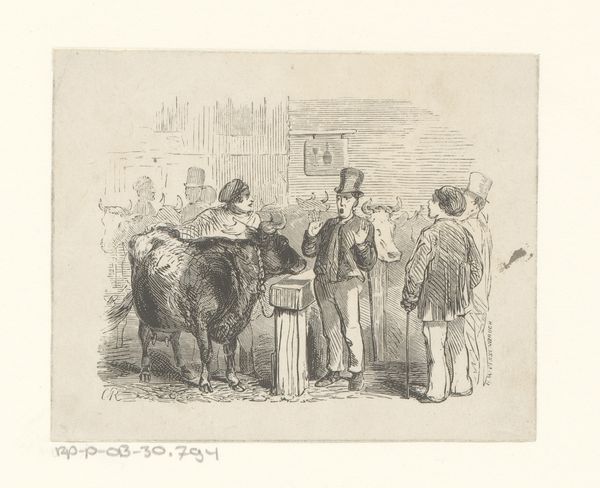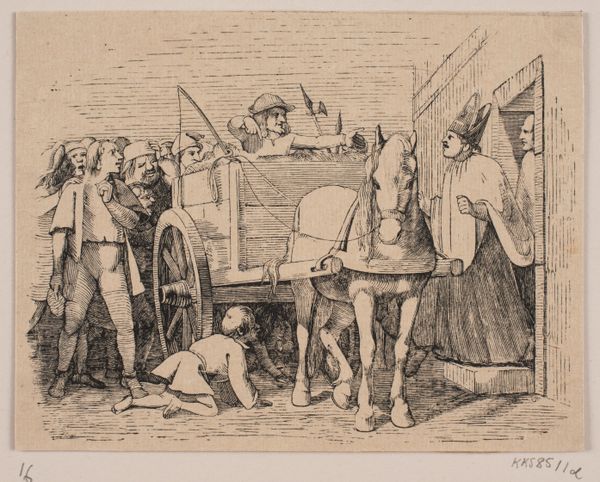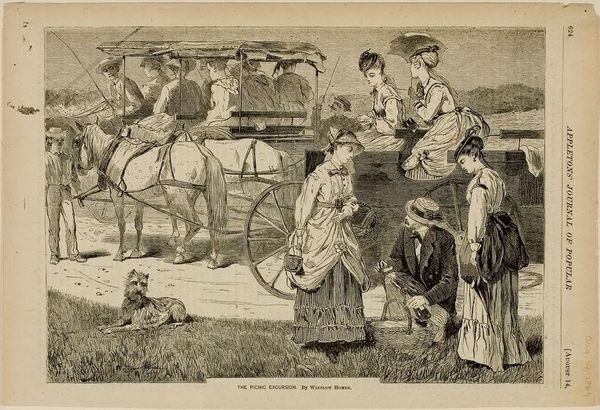
Feestplaat van den optogt in het Willemspark te 's Gravenhage op 17 november 1863 bij gelegenheid van het leggen van den Eersten Steen voor het Nationaal gedenkteeken voor November 1813 enz. door Z.M. Willem III Koning der Nederlanden ter gedachtenis van Neerlands Vijfitg jarige Onafhankelijkheid onder het dierbaar Stamhuis van Oranje. Genomen op het oogenblik van de toespraak der Werklieden tot Zijne Majesteit 1863
0:00
0:00
marinusadrianusvanstraten
Rijksmuseum
drawing, lithograph, pen
#
drawing
#
lithograph
#
caricature
#
pen
#
cityscape
#
genre-painting
#
history-painting
#
realism
Dimensions: height 483 mm, width 635 mm
Copyright: Rijks Museum: Open Domain
This print, made by Marinus Adrianus van Straten, commemorates the laying of the foundation stone for the national monument in The Hague in 1863. It was made using lithography, a printmaking process in which an image is drawn on a stone or metal plate with a greasy substance, then printed. The lithographic process was particularly well suited to mass production, and prints like these would have been relatively inexpensive and widely circulated, playing a crucial role in shaping public opinion and commemorating important national events. The artist's hand is less apparent compared to traditional drawing or painting, reflecting the changing nature of artistic production during the Industrial Revolution. Looking at the image, we see the King in his carriage, greeting workers. This is a political tableau, staged to present a particular image of the monarchy. The relatively smooth, uniform lines of lithography contribute to a sense of idealized order. Consider the amount of labor required to produce the monument itself, versus the relatively efficient means of producing this print. By examining the material and means of production of this print, we can better understand its role in shaping public memory and reinforcing political power.
Comments
No comments
Be the first to comment and join the conversation on the ultimate creative platform.
